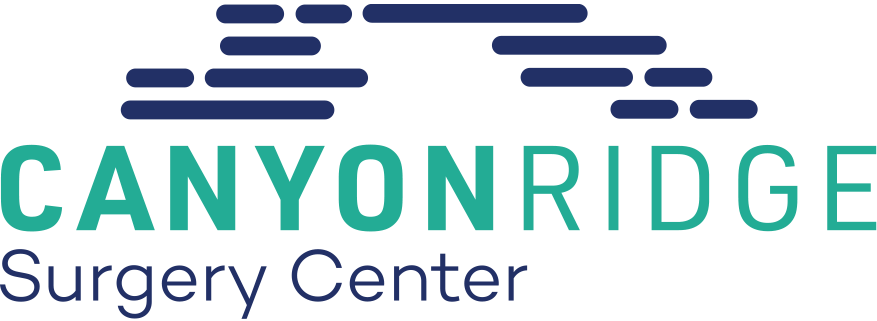How is the procedure done?
During a medial branch block, you will be given a local anesthetic to help numb the area and possibly a mild sedative to help you relax. Using fluoroscopy (a type of x-ray) for guidance, your doctor will inject anesthetic near the medial nerves in question. The procedure may be done twice to confirm which facet joints are involved in the pain. If the medial branch block is successful, improving your pain by at least 50%, you can go on to schedule an RFA.
The procedure for RFA is similar to that for a medial branch block except that with RFA, once the needle is in place, a radiofrequency current will pass through it. It will burn that part of the nerve or nerves that was sending pain signals. The procedure usually last less than 10 minutes.
What happens after the procedure?
You'll be able to go home the same day as the procedure, although you'll need someone to drive you home. You may have pain from the RFA procedure itself for a while, but you should be able to return to work within one to three days.
If the procedure is successful, people usually start to notice pain relief from their underlying condition within about 10 days, although in some cases it can take as long as three weeks.
Is medial branch block with radiofrequency ablation right for you?
If you suffer chronic pain, and other treatments haven't worked, you may be a candidate for a medial branch block, followed by RFA. The procedure is sometimes used to treat spondylosis (spinal arthritis), sacroiliitis (inflammation of the sacroiliac joint) and other neck, back, knee, pelvic, or peripheral nerve pain.


